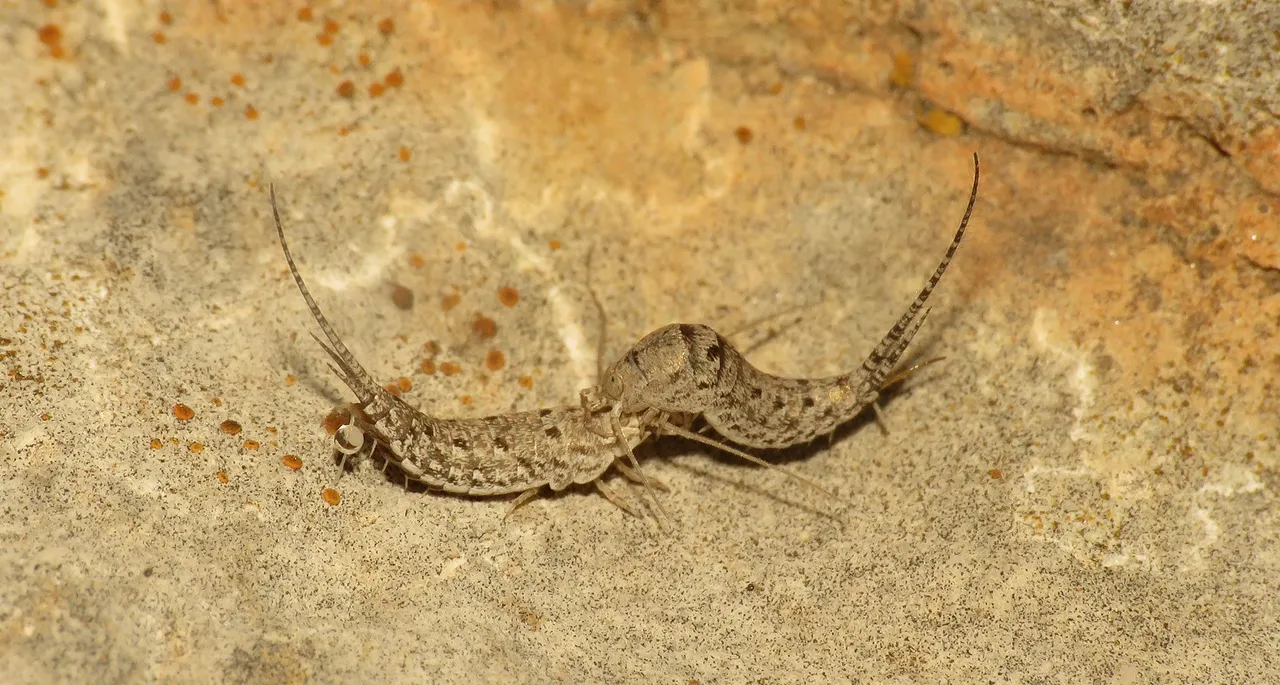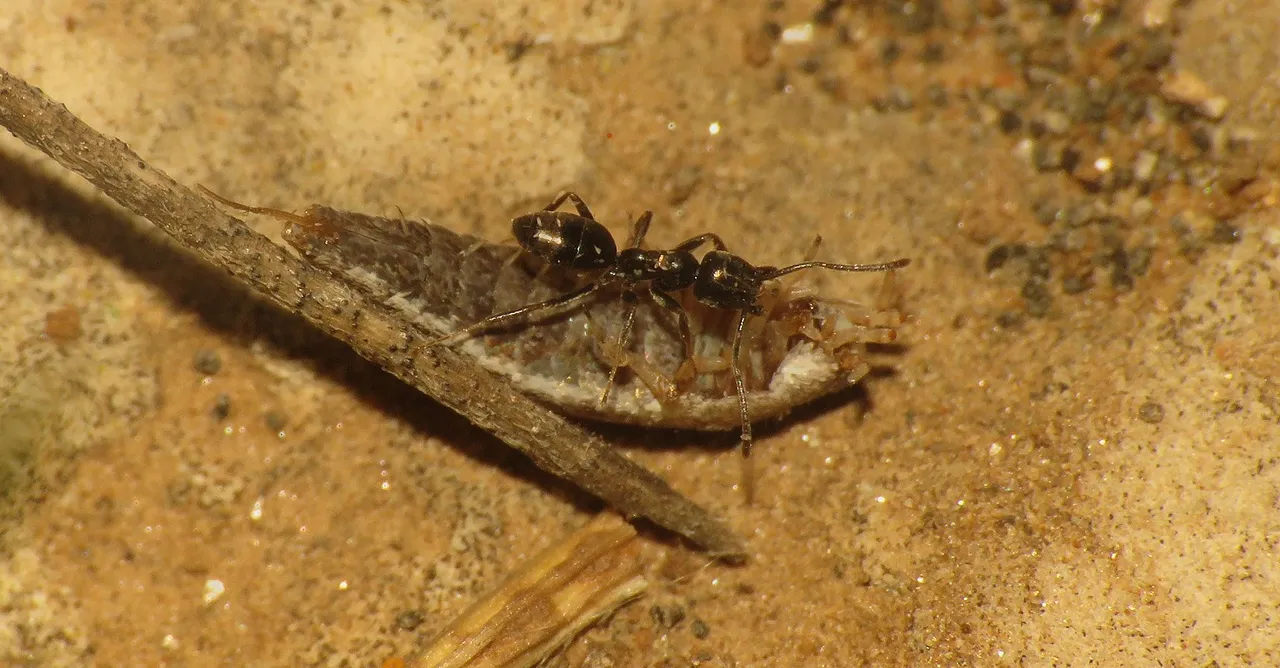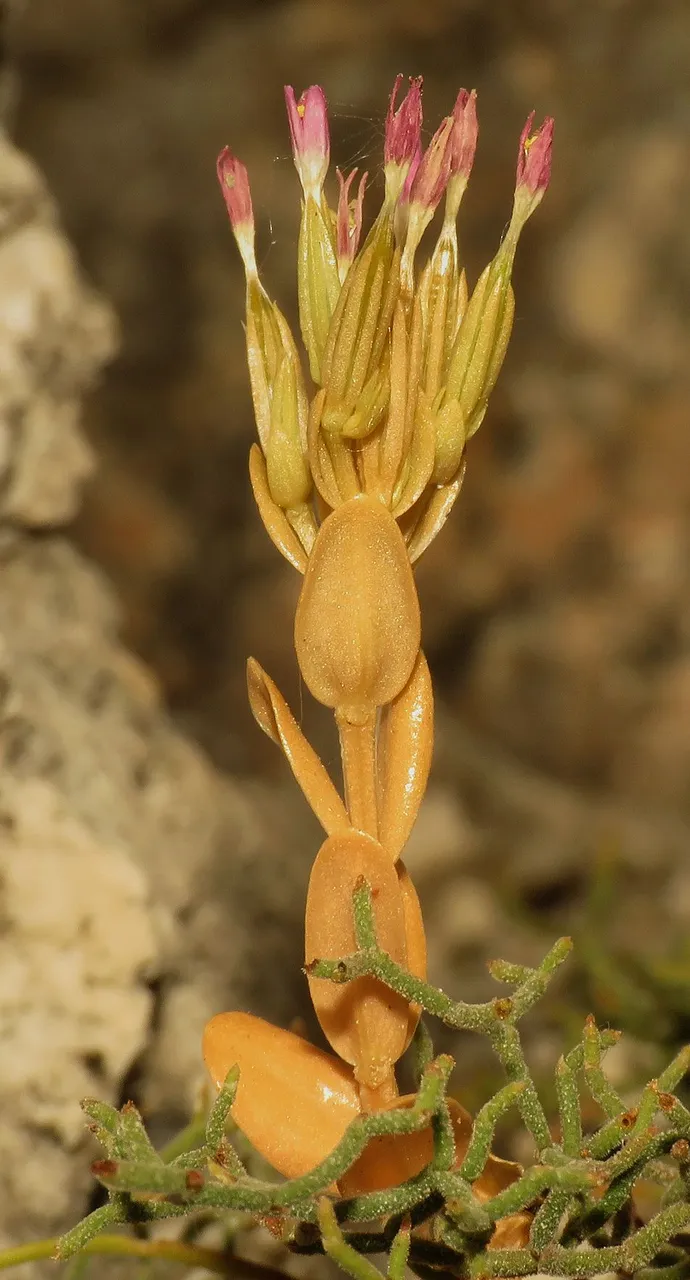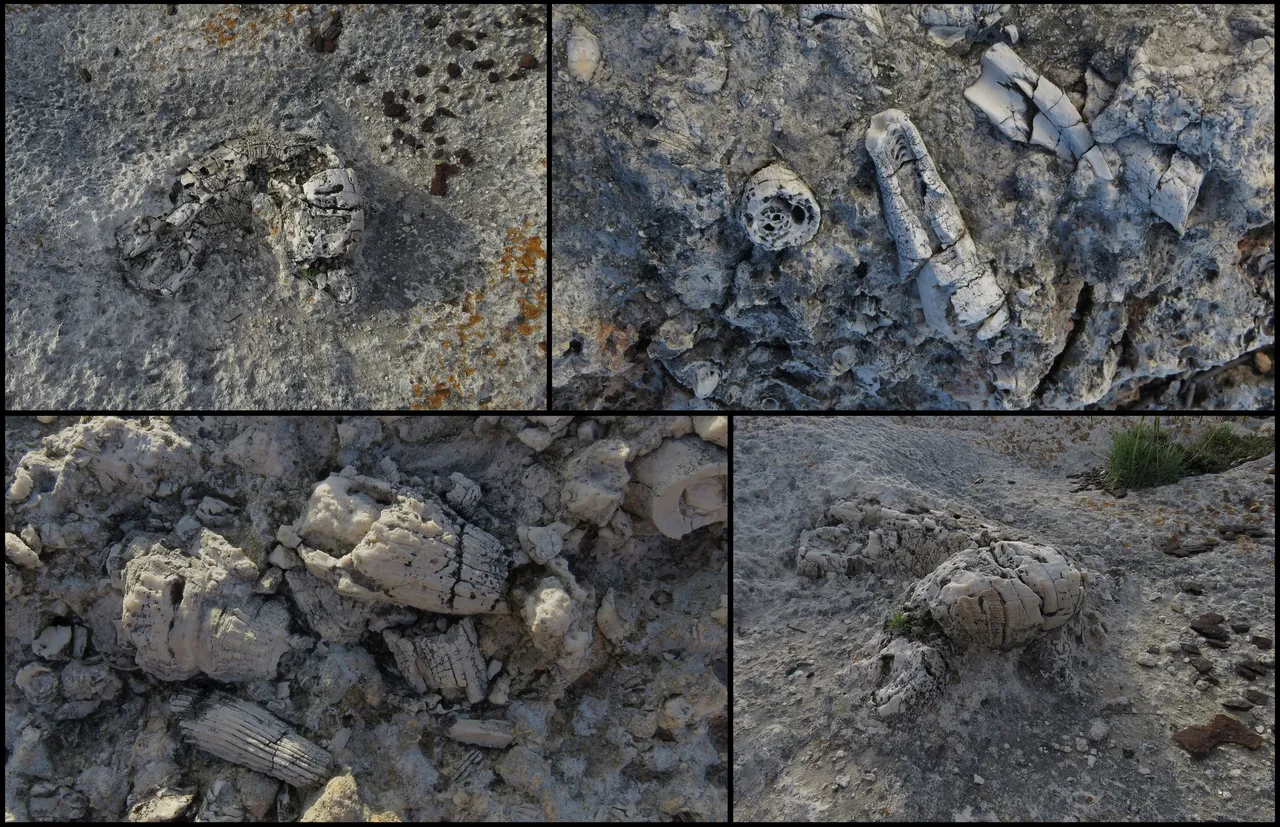As already mentioned at the start of the first part of this blog mini - series, I'm not into chatting, partying or socializing on the beach lately ...
... so most of my time there is spent on observing the nature ... plants, animals ... small details mostly ...
... like these bristletails, ad example.
I saw two of them running in circles around each other ... and after a minute or so of that ritual ...
... the thing ended with the short full contact, just a couple of seconds.
That's how the mating of these interesting insects looks.
The rock bristletails are among the evolutionary most primitive insects, they look more like some strange shrimps. They feed on algae and various organic particle on these rocks near the sea.
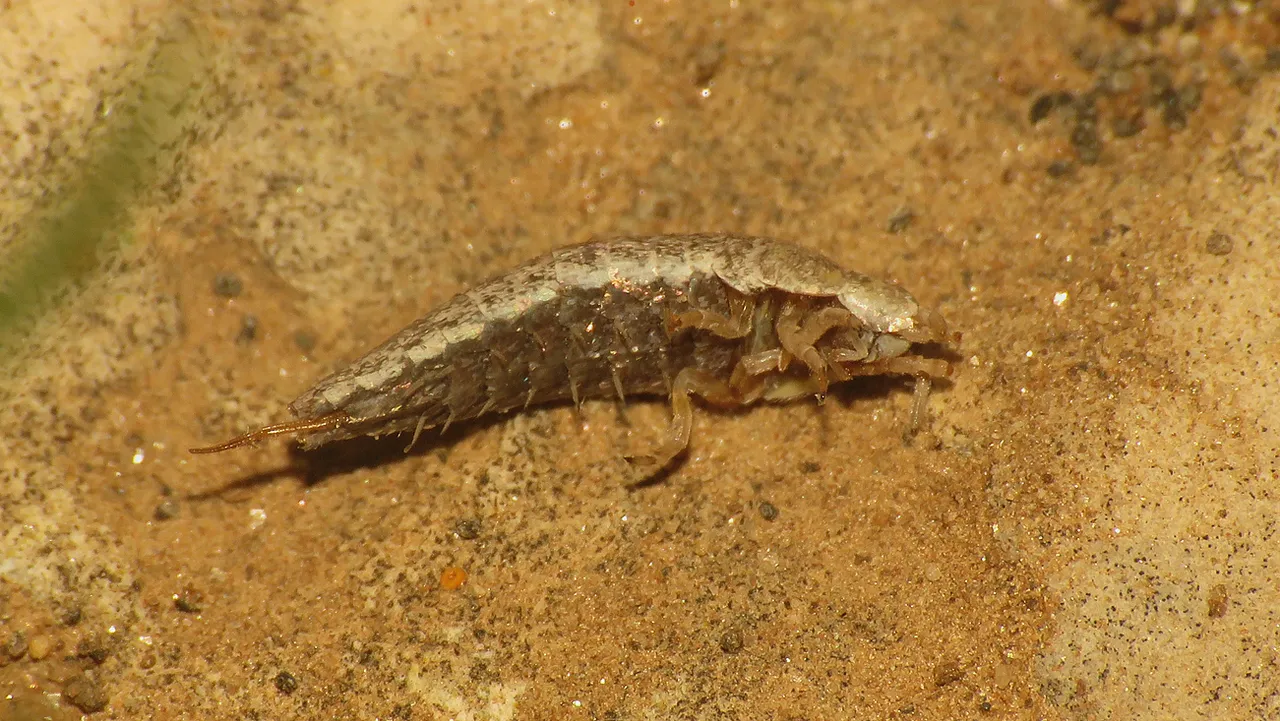
On another occasion, a few days later, I came across a dead bristletail on my seaside ramblings ... the minuscule corpse was laying on the rock ... some ants were patrolling the area ...
... and one of them came closer ... did a bit of exploration, and then continued on his way across the rocks.
Soon another, a bit smaller ant, definitively a different species, entered the scene ... and he started to drag the bristletail away ...
... but he gave up after a minute or so ... and the darker ant you saw before, continued the work ... but in the opposite direction ... after a while this ant gave up as well and went away, and after some minutes, the other ant, or another one of that species that looks like the exact copy, continued dragging the corpse. This time he took it in some crevice between the rocks, where they both, the dead bristletail and the living ant, disappeared from sight.
Meanwhile, in the blue distance ...

... the fishing boat was passing by.
Later that day, I found another group of ants ...

... they were busy transporting some vegetarian stuff ...
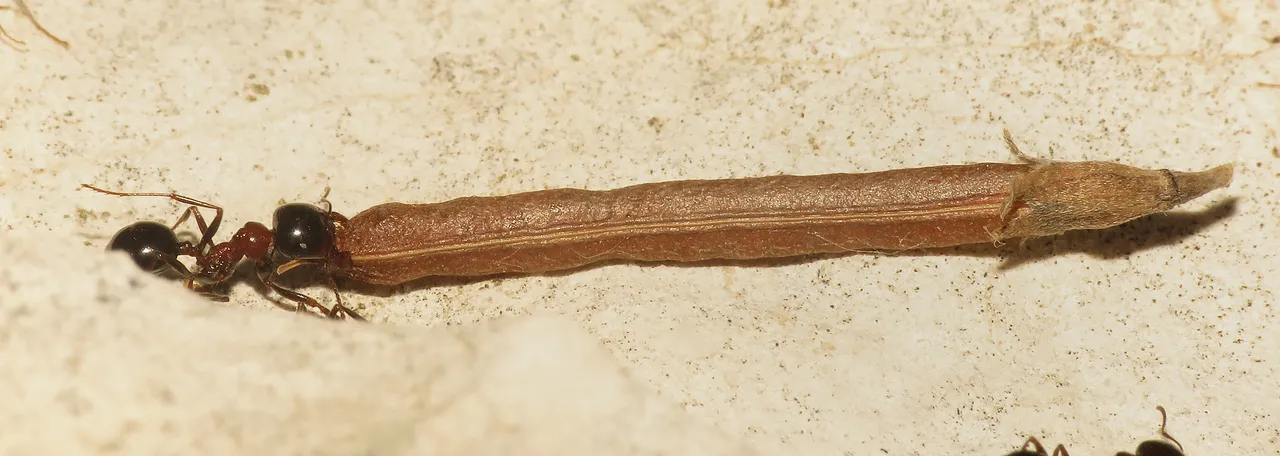
... the elongated seed pods of some plant that surely grows somewhere on this stony terrain, but I haven't found out what plant it was exactly.
The single ant with this thing looked a bit like a man dragging an entire tree.
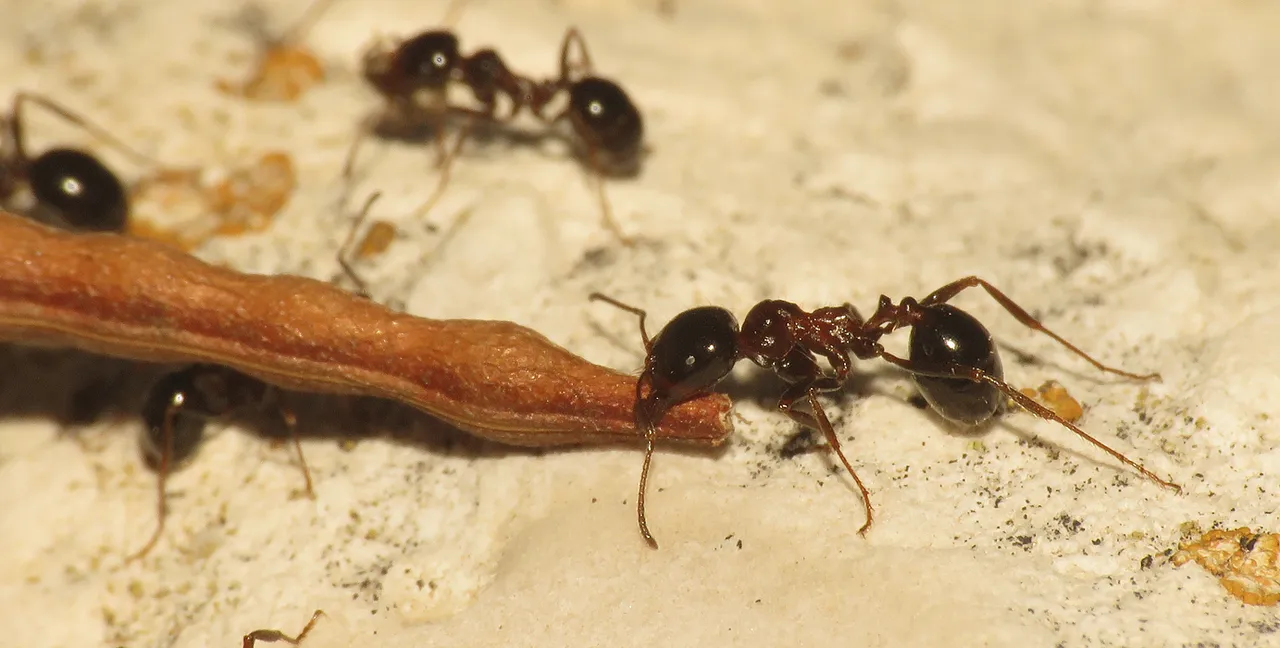
While some bigger ants were dragging the seed pods ...
... others were caring only some minuscule rounded seeds.
I spent that whole evening observing the ants at work.
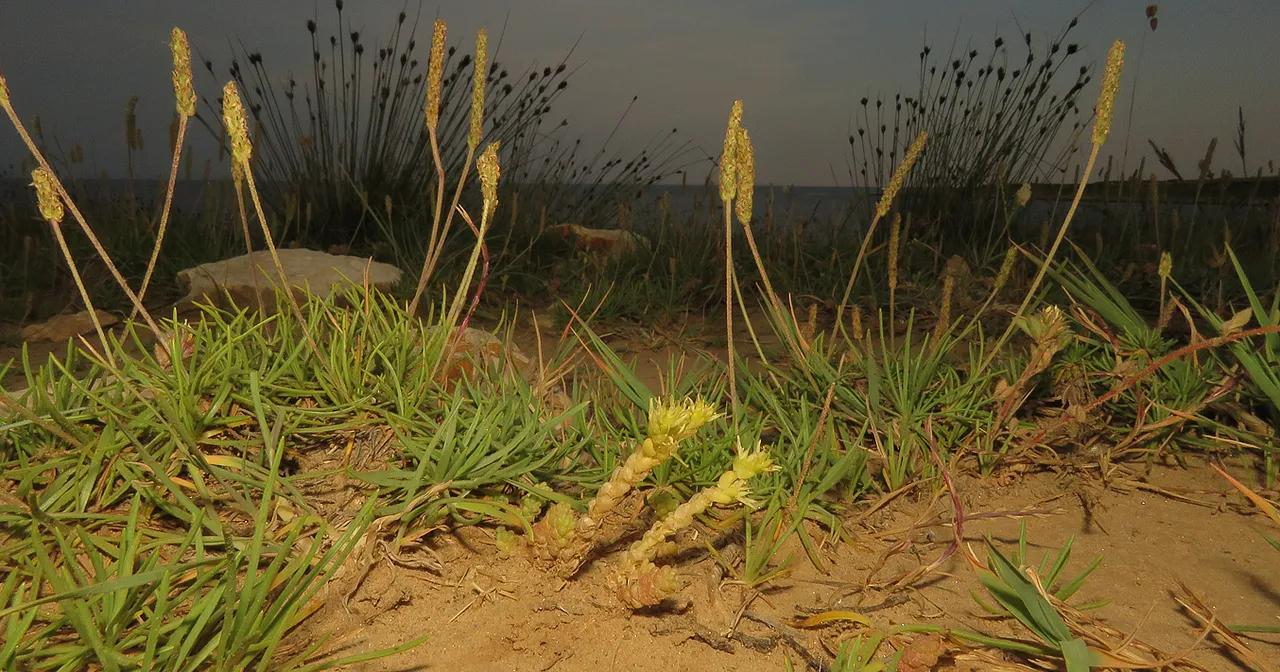
In the narrow area between the coastal rocks and the meadows, some interesting, often strange looking plants can be found.
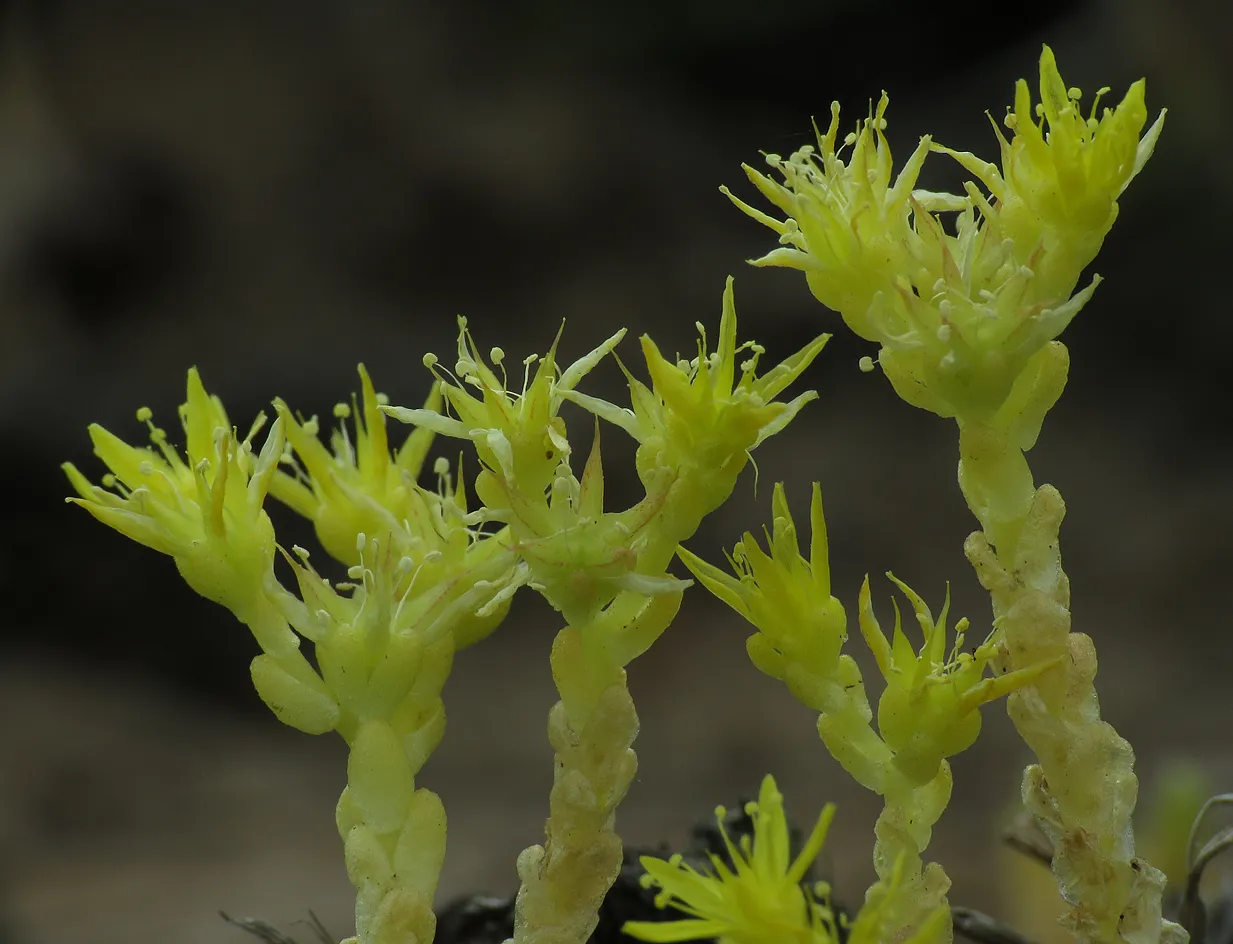
This is the Sedum acre, commonly known as the goldmoss stonecrop. Today I found this English common name for the first time ... sounds cool, and describes the plant quite well ...
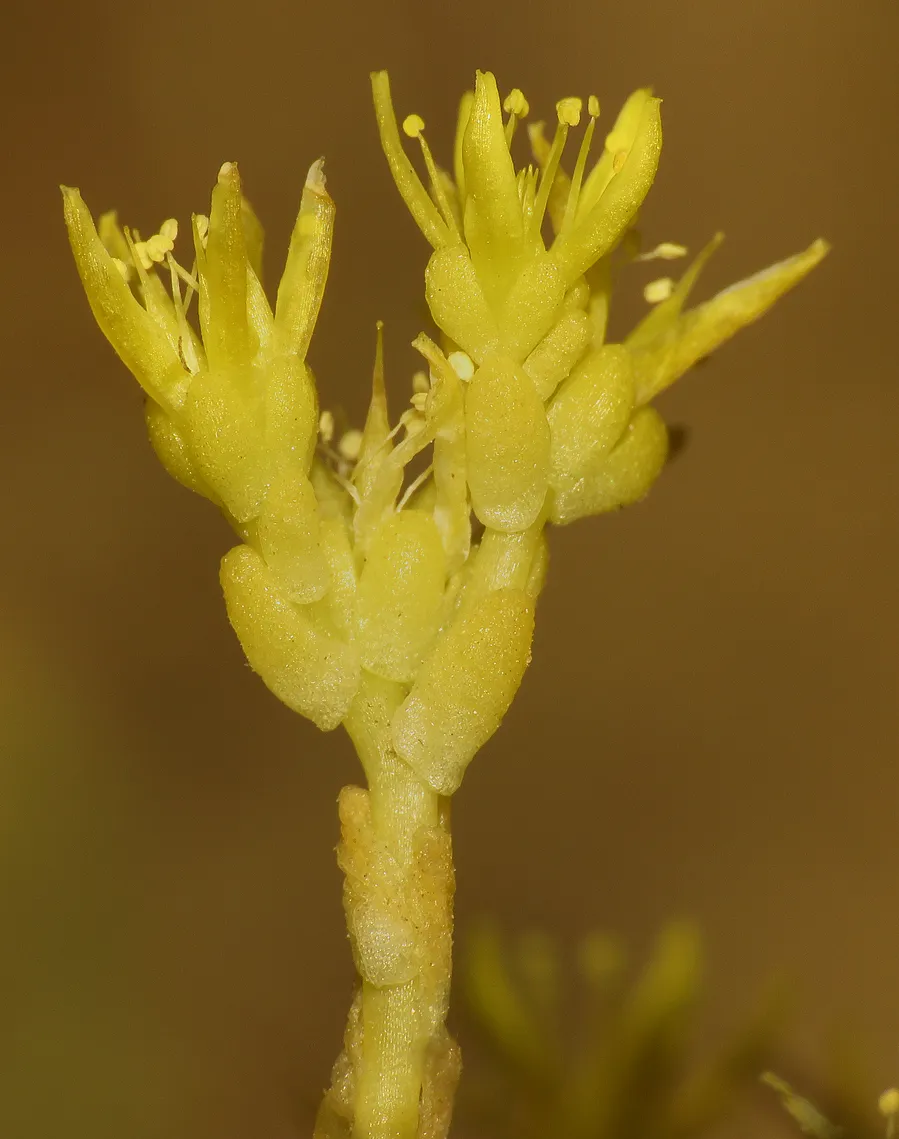
... Sedum acre is a plant well adapted for poor, stony soils ... and its flowers look a bit like golden stars.
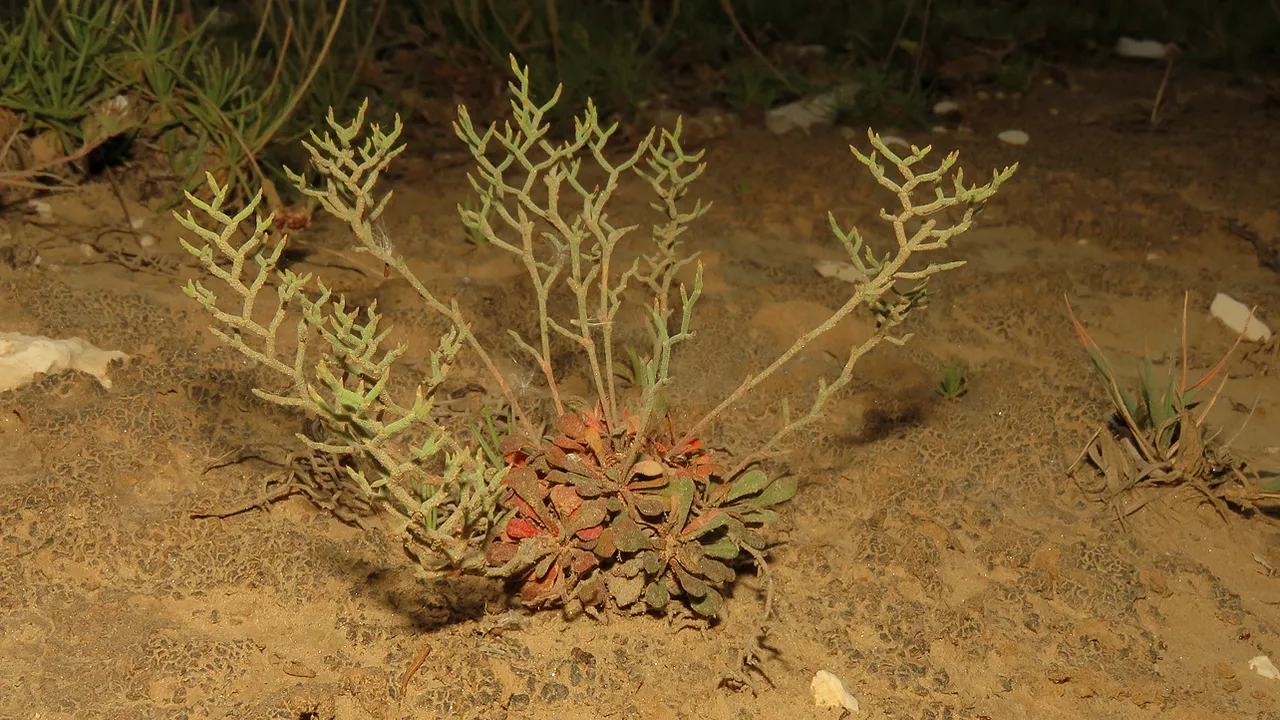
Here you can see the Limonium cancellatum with the simple - shaped leaves at the base and the intricate structures called panicles, on which tiny blue - violet flowers will appear soon.
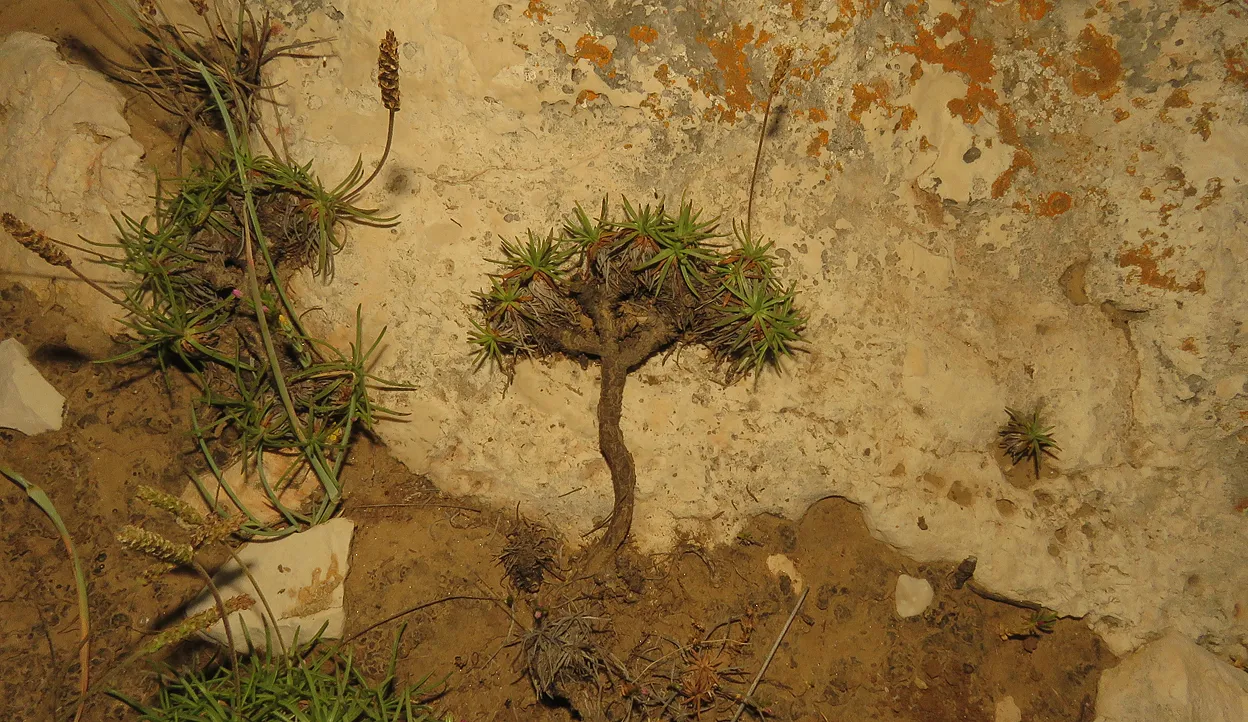
The Plantago subulata dominates this stony habitat ... and sometimes, very rarely from my experience, it looks like this ...
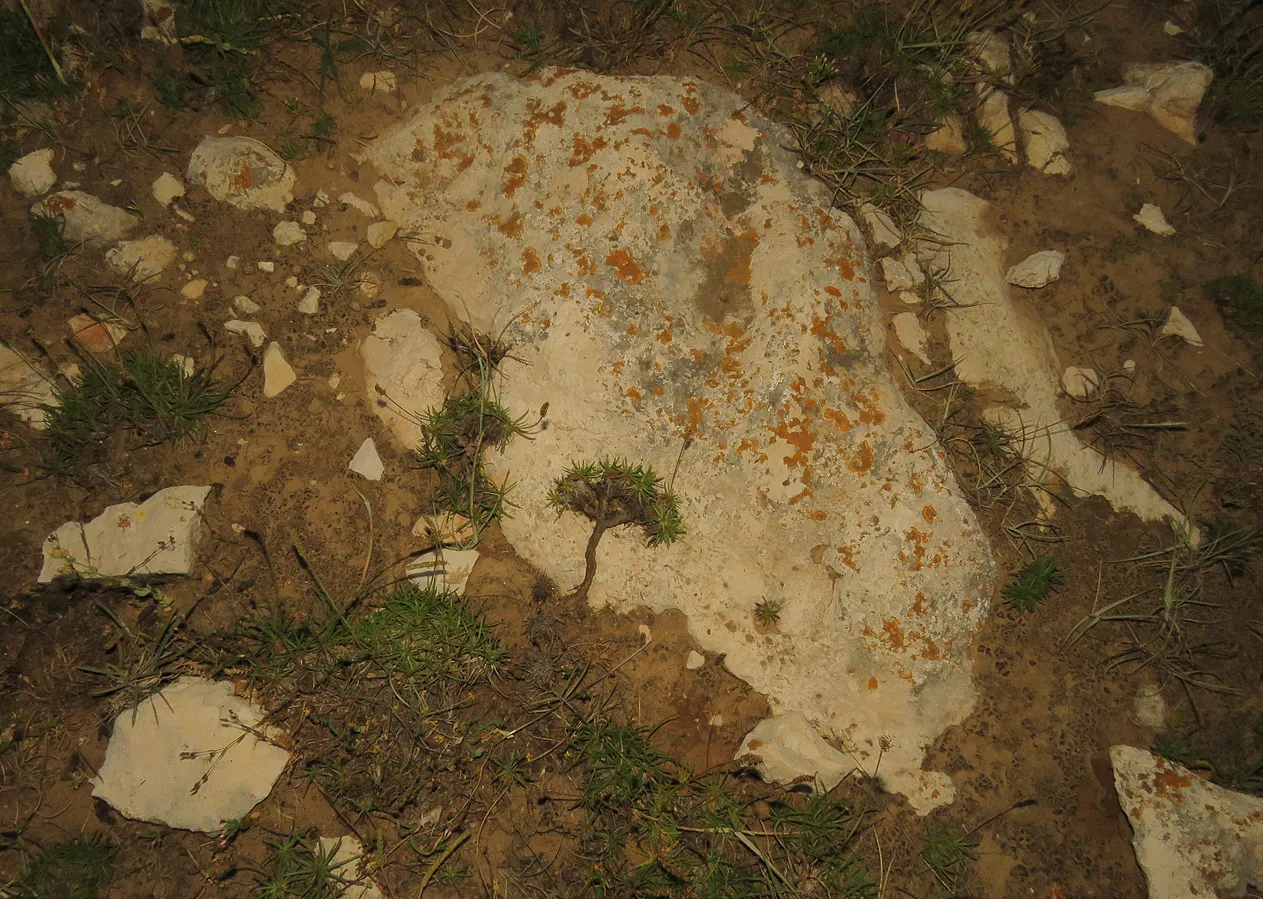
... like a little tree that leans on the rock.
Here, among these interesting plants, I found a minuscule bug ...
... well camouflaged on the dusty terrain. This is the small nymph of the Henestaris laticeps, a bug from the Lygaeidae family.
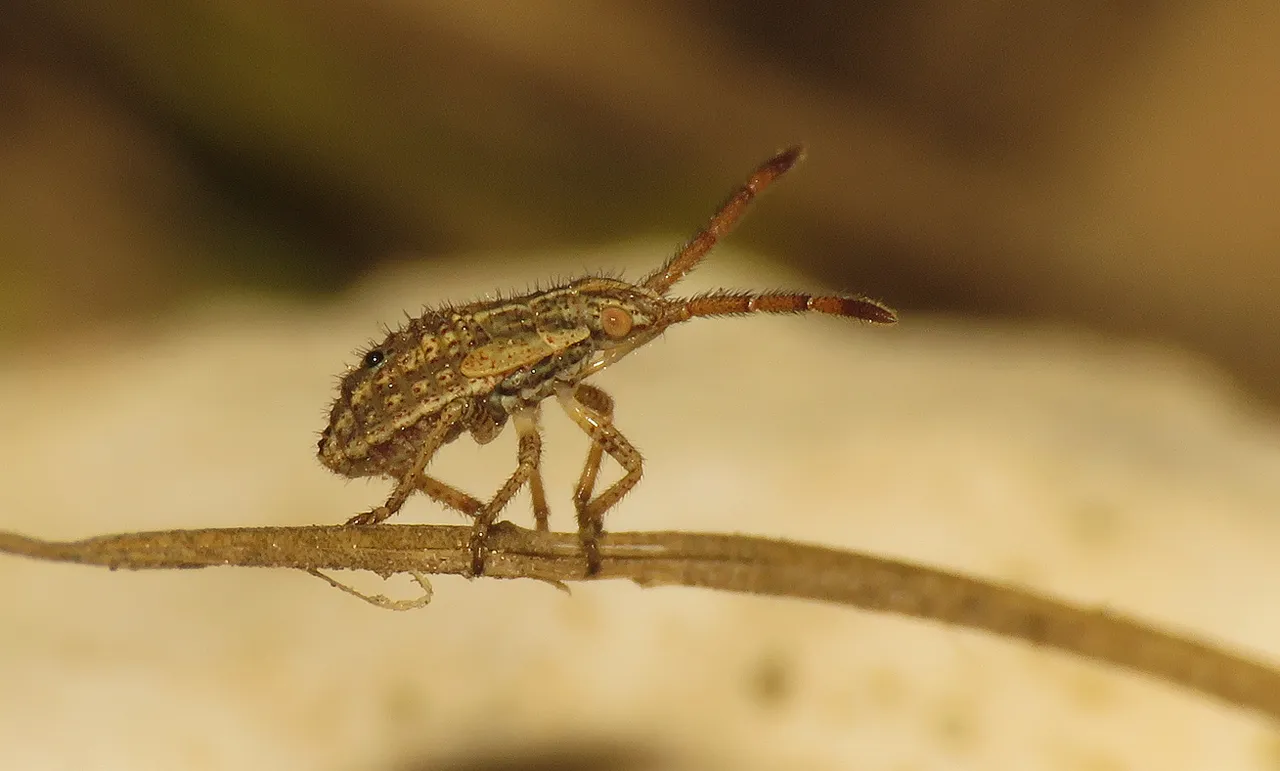
This minuscule nymph was found and photographed nearby ... I don't know the name of the species. It looks like something from the Coreidae family.
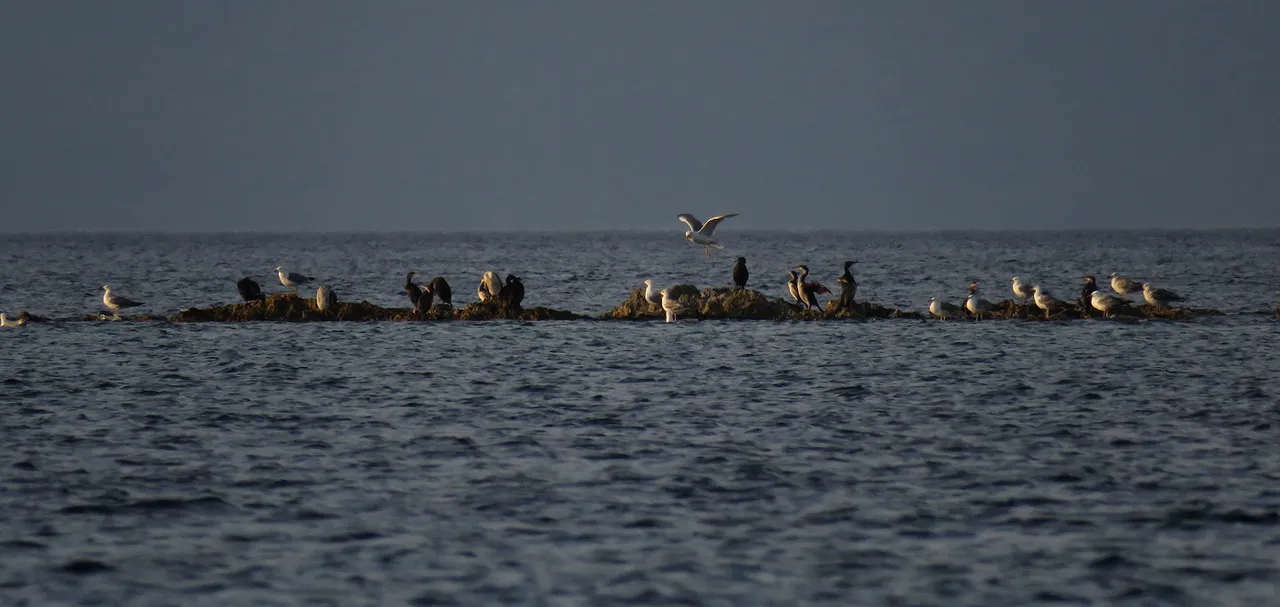
Here, you can take a look at some rocks about a kilometer from the coast. The tide is low and seabirds are resting on this temporary island. When the tide is high, and especially if the day is windy and the weaves are big, the rocks disappear from sight, hidden under the surface.
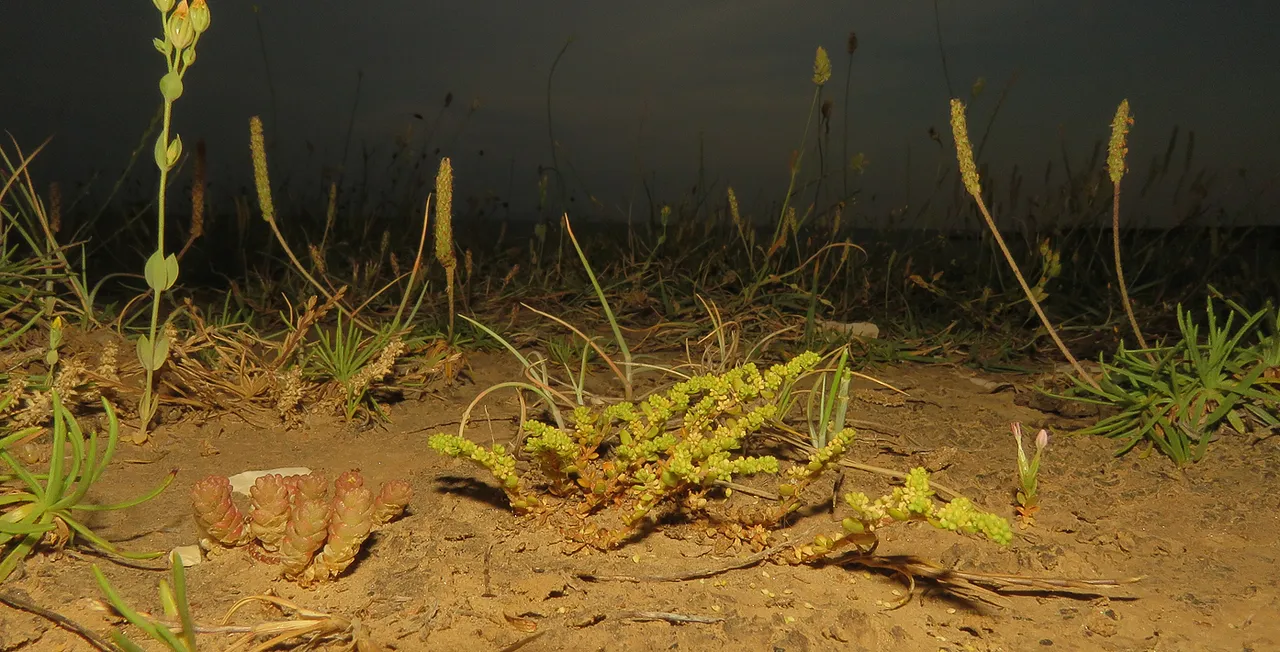
With this shot, I'm back in the area where the small bugs were photographed.
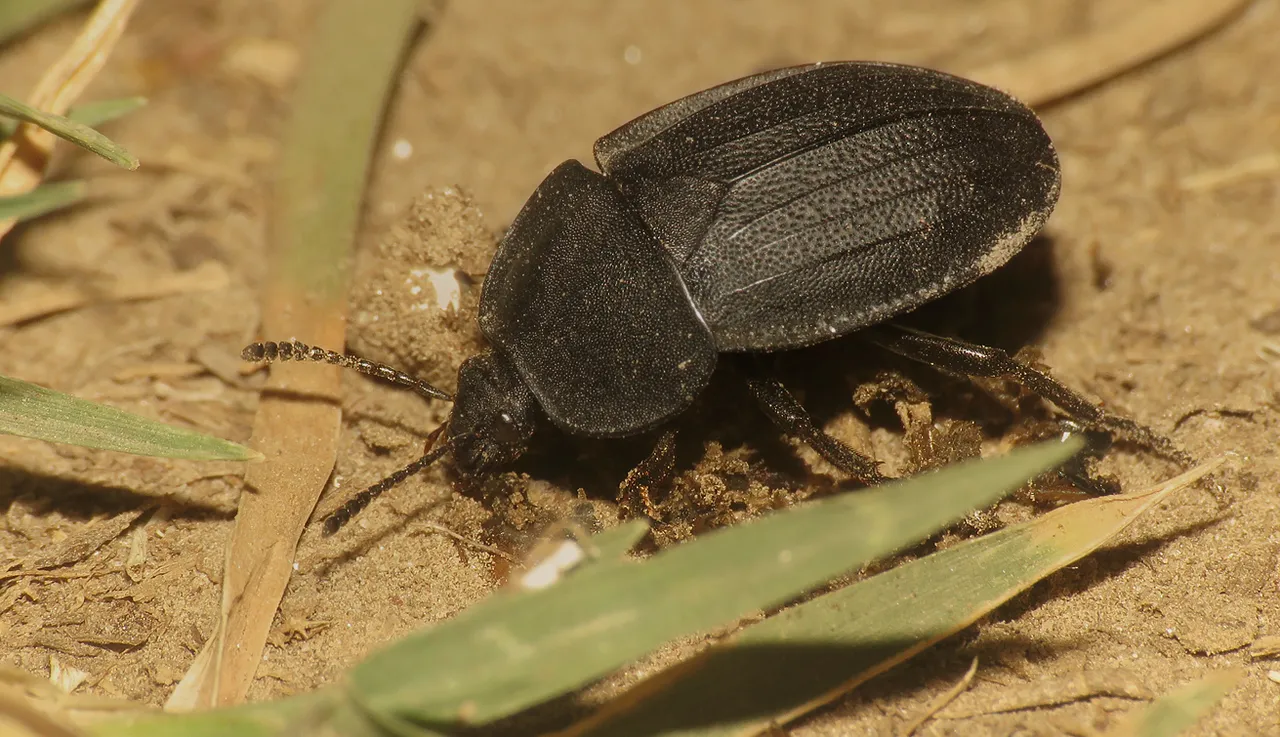
Here you can see the Phosphuga atrata, a carrion beetle from the Silphidae family.
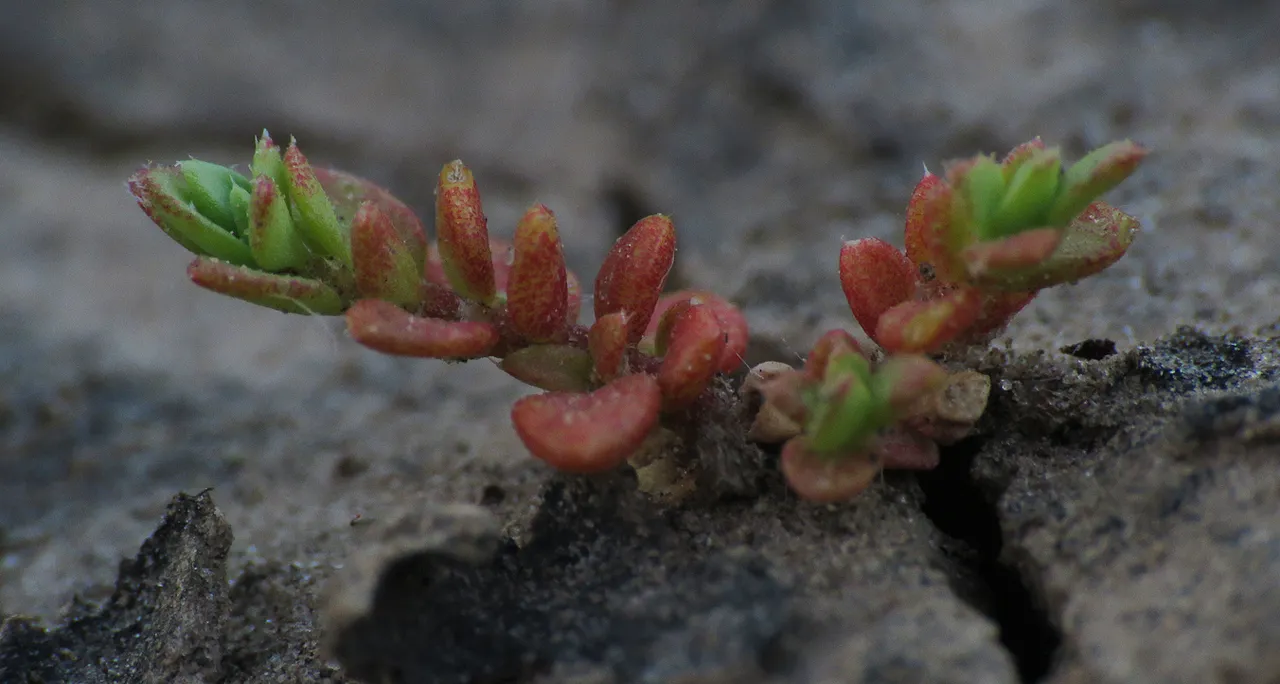
Here you can see the fresh young sprout of the Sedum acre, a plant that you already encountered, earlier in the post ... and on the following photograph ...
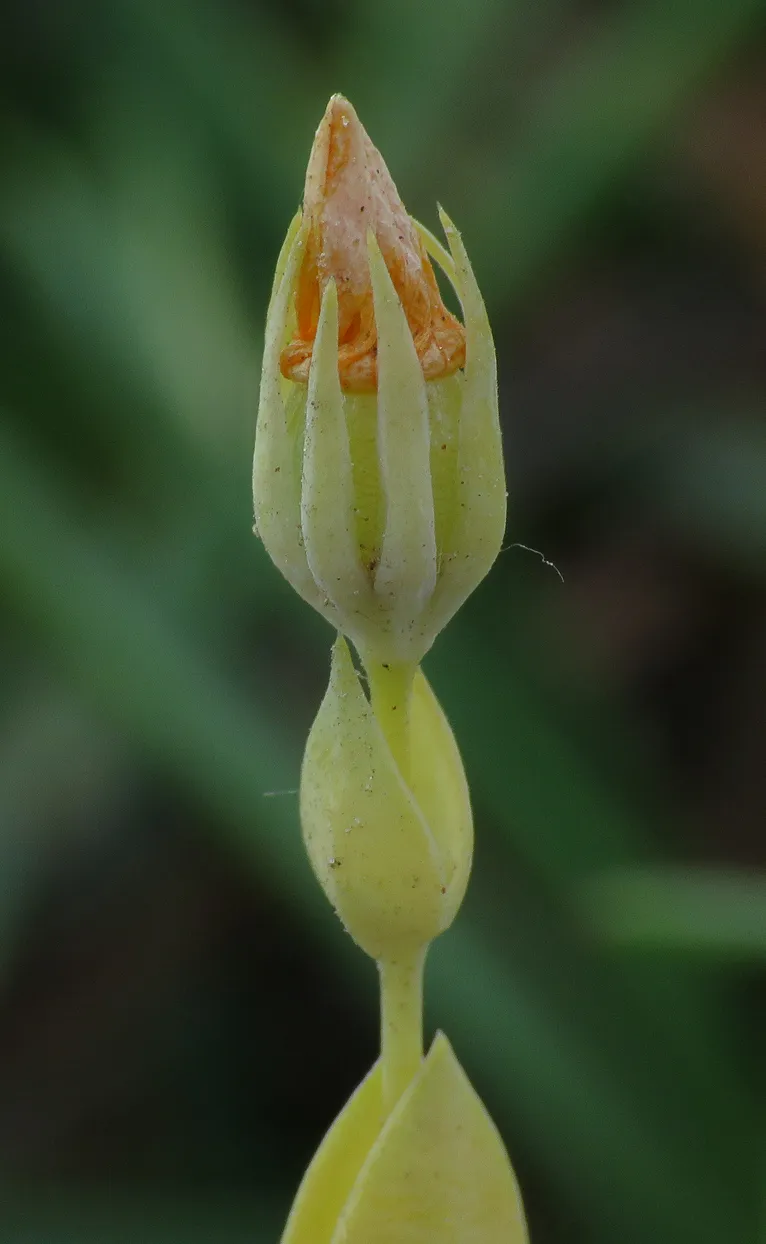
... the elegant structure of the Blackstonia acuminata.
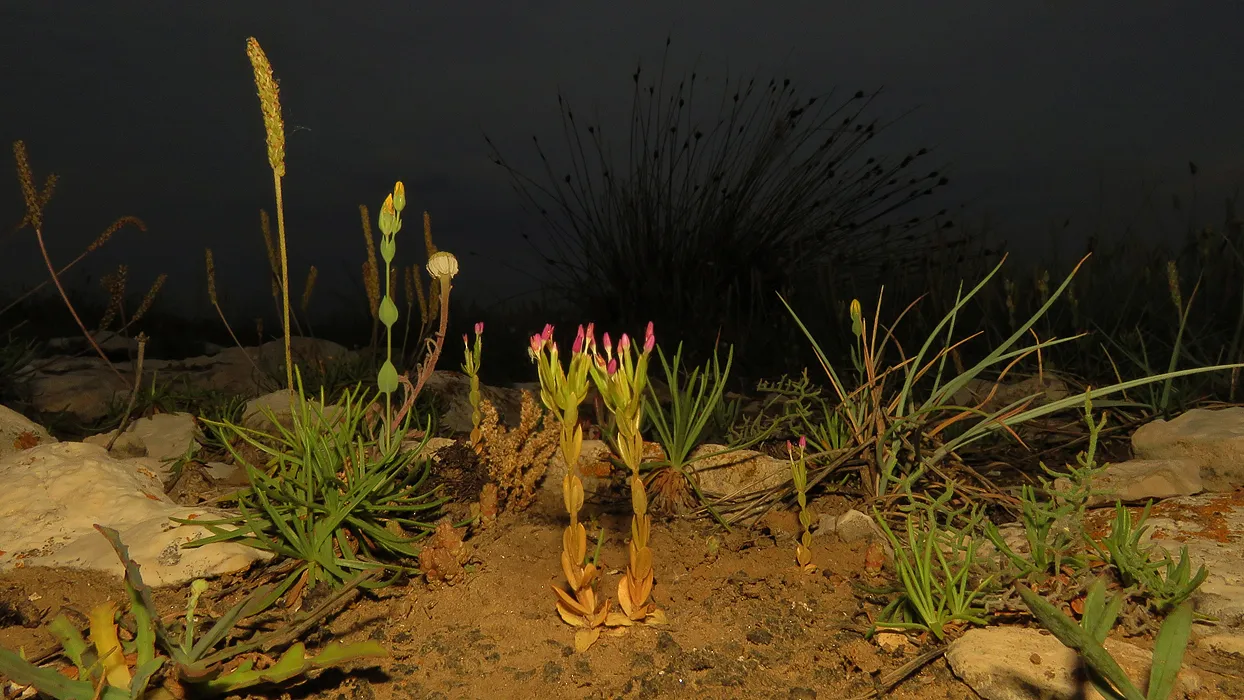
The plants from this difficult habitat, dry and windy, often salted with waves from the sea, are small and can easily be overlooked at first sight, but they look fantastic when seen up close, through the macro lens.
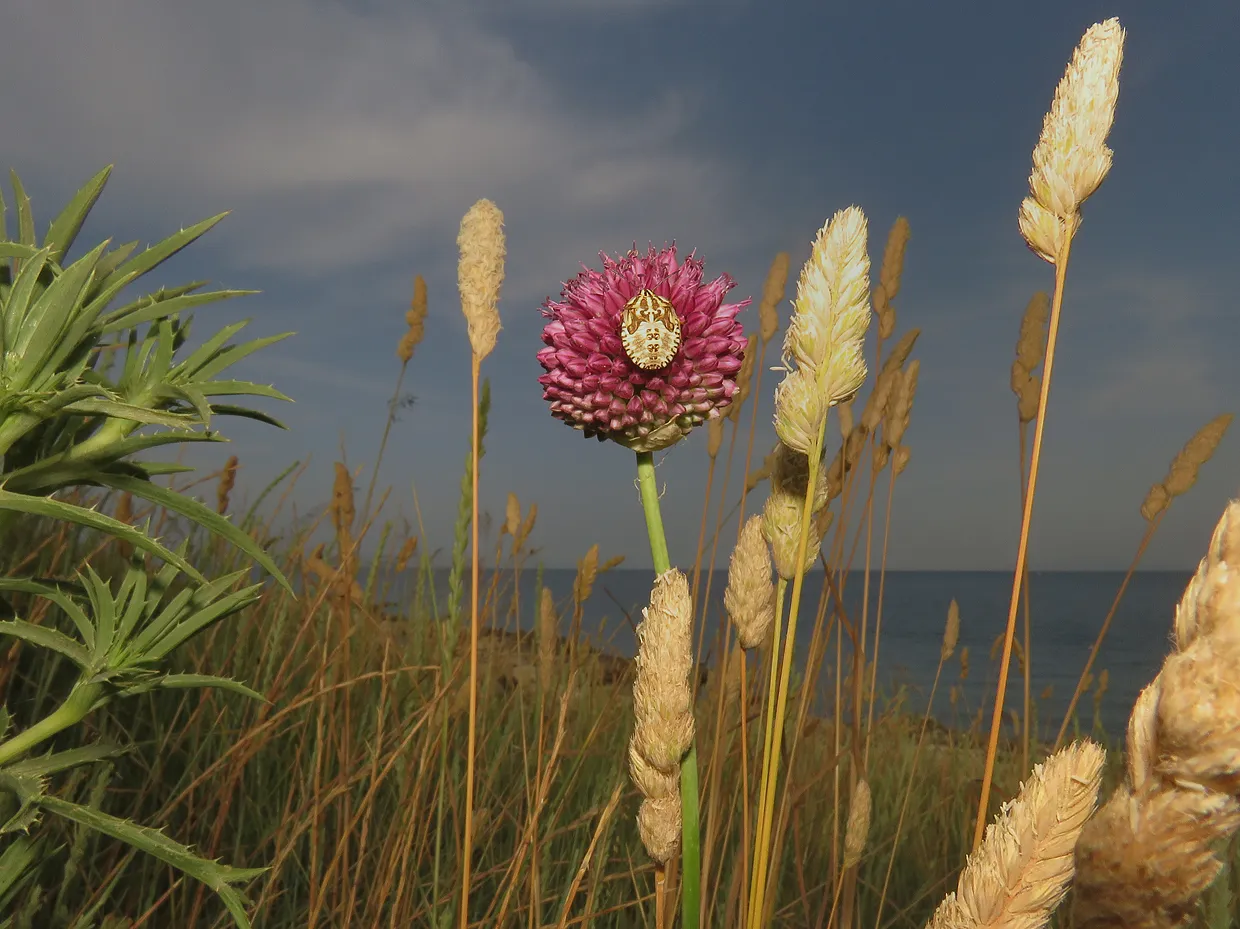
A bit further from the sea, the terrain is covered with various grasses and other, considerably taller, herbaceous plants. You can see some interesting, well-designed little thing on the purple wild onion's flowers on this photograph ...
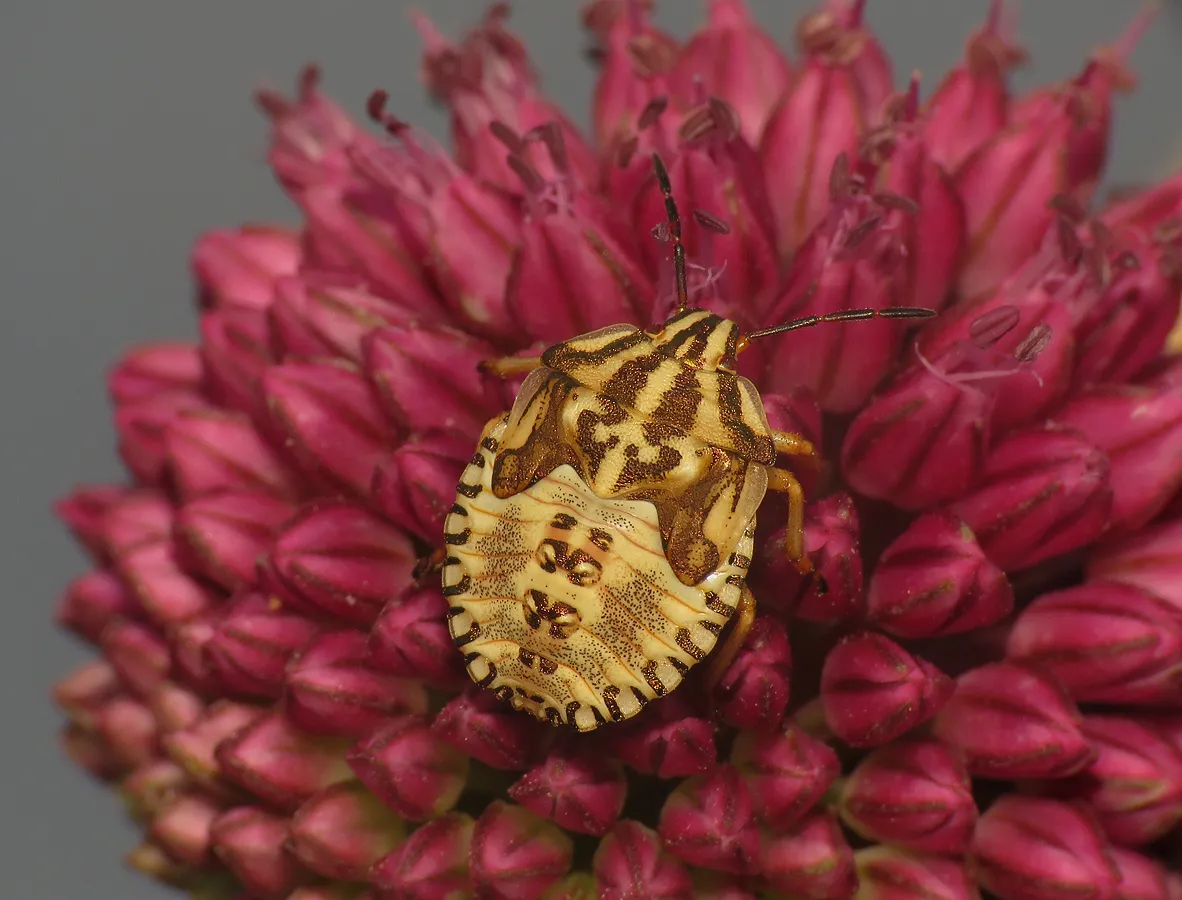
... the closer look reveals the big, well-developed nymph of the Carpocoris purpureipennis bug, that will soon become an adult insect.
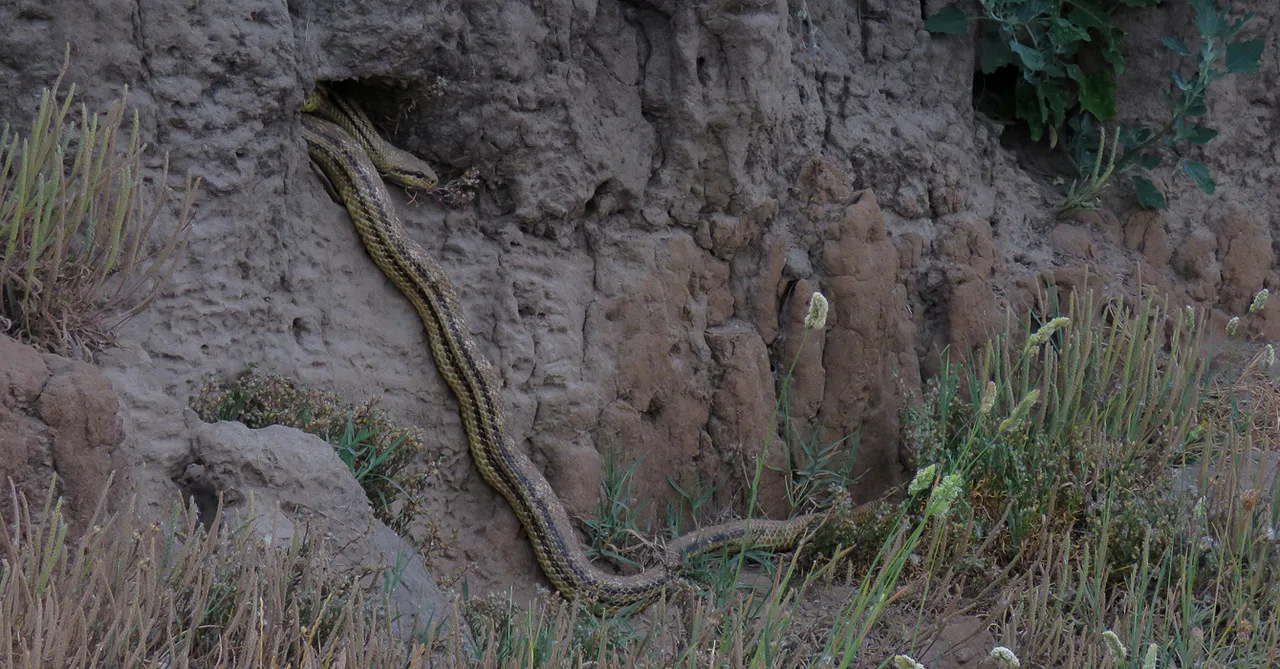
Some meters further there is a small ridge that separates the coastal environment from the vast meadows and cultivated fields ... and here ...
... in the holes made by European bee - eaters some decades ago, when an active colony of those colorful birds was present in the area, you can often encounter some big snakes ...
... the Elaphe quatuorlineata ... commonly known as four-lined snakes.
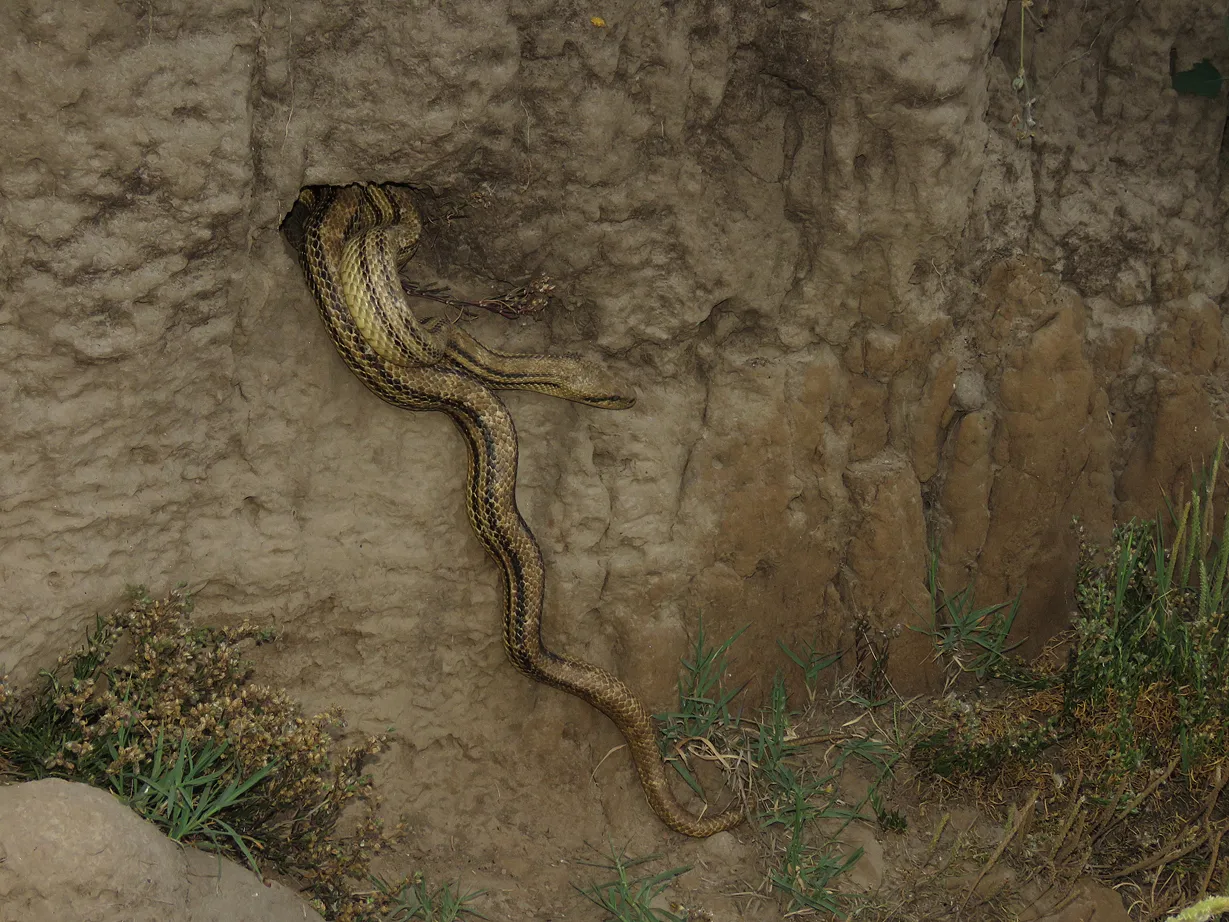
They can be about 2 meters long.
This is a non - venomous species that kills its preys by squeezing them. The largest proportion of its diet consists of small mammals, such as rabbits, weasels, squirrels, and mice. But they prey also on birds, lizards and their eggs.
After all that dry & dusty coastal stuff, here you can take a refreshing look at the sea ... and the seabirds on the water.
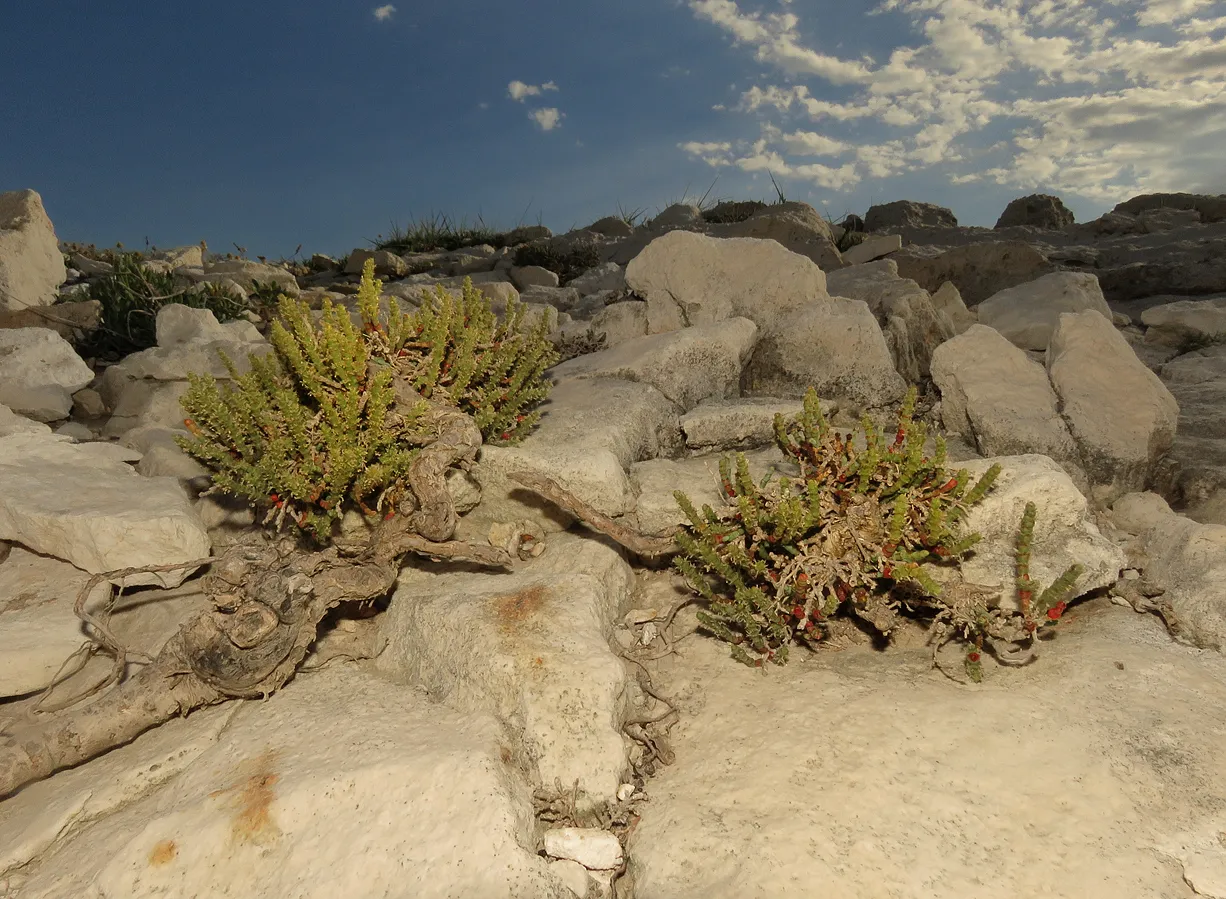
This and the following shot ...
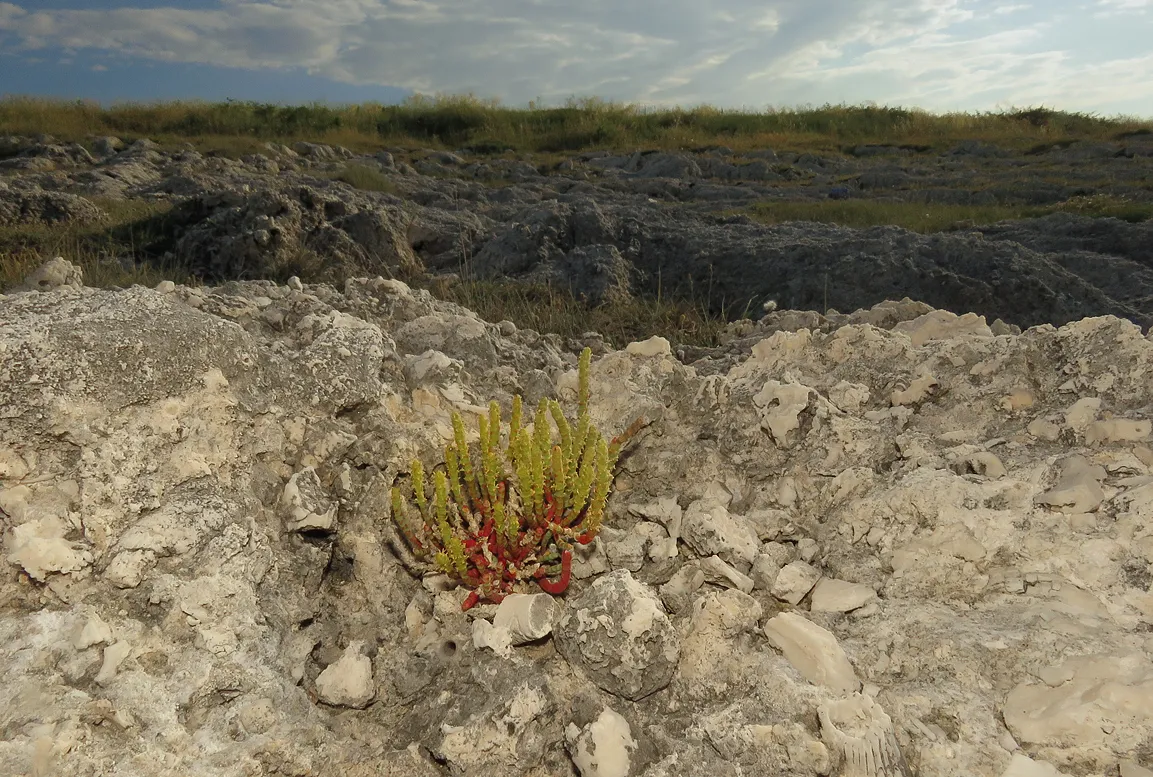
... were taken on the rocks very close to the sea. The Arthrocnemum macrostachyum plant is the main protagonist of both photographs.
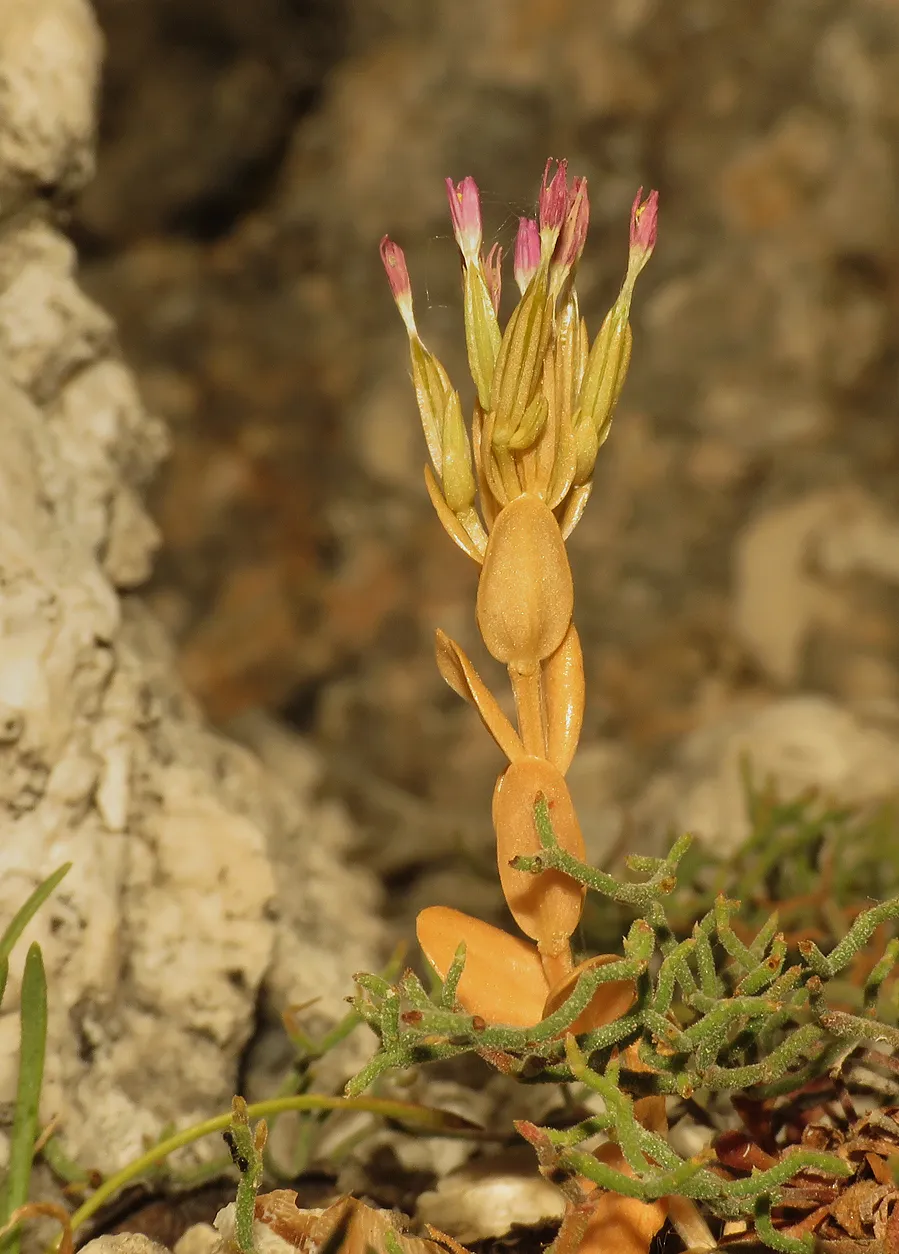
This partially dry Centaurium erythraea was photographed in the same area ...
... in the small garden with a bit of soil that has filled the crevice between the rocks.
The rocks of this about a hundred meters long stretch of coastline are very different from the rest in this area. They look like a chaotic mix of various pieces and fragments ...
... and are filled with fossils.
These were all rudists, the tube- or ring-shaped marine mollusks with two asymmetric valves, one of which was usually attached to the sea floor. They arose during the Late Jurassic and became so diverse and abundant during the Cretaceous that they were major reef-building organisms in the Tethys Ocean, until their complete extinction at the end of the Cretaceous period.

This big fly from the Bombyliidae family, probably the Anthrax trifasciatus, but I'm not completely sure about the species, was resting on the fossilized rudists.
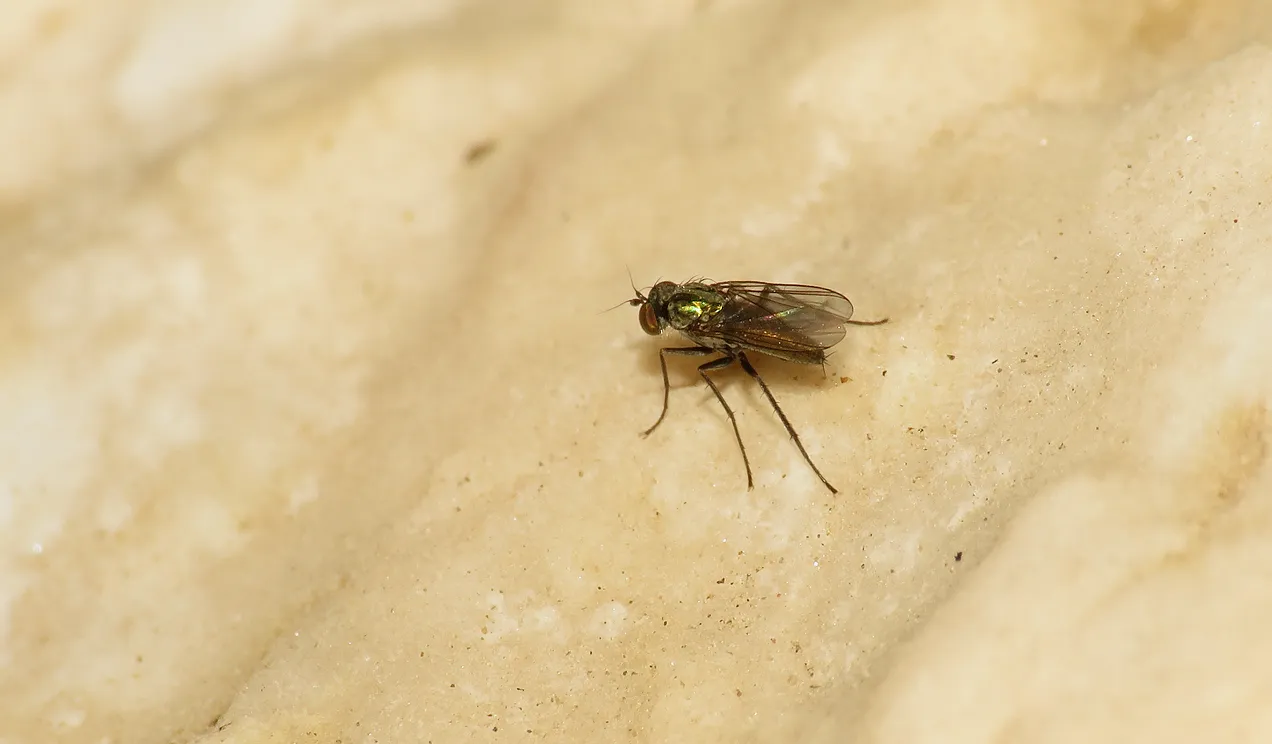
On a different type of limestone, I photographed this shiny little fly from the Dolichopodidae family.

This spider was found nearby ...
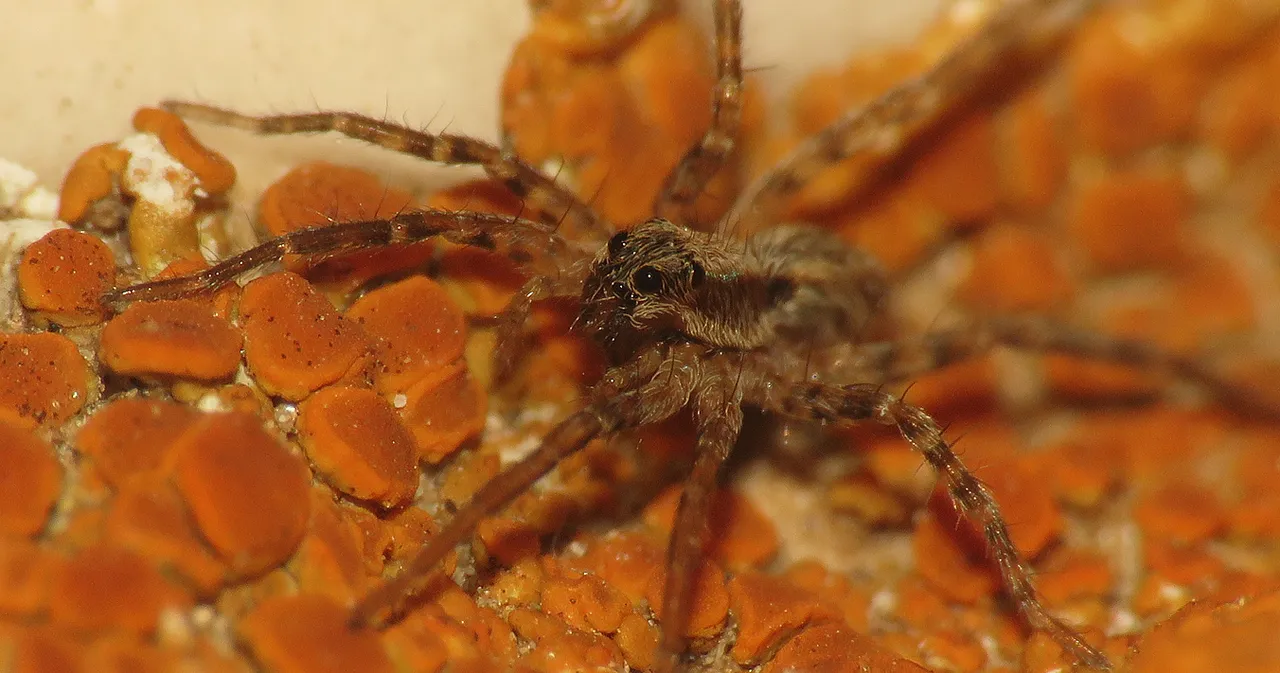
... it looks like some big wolf spider ...
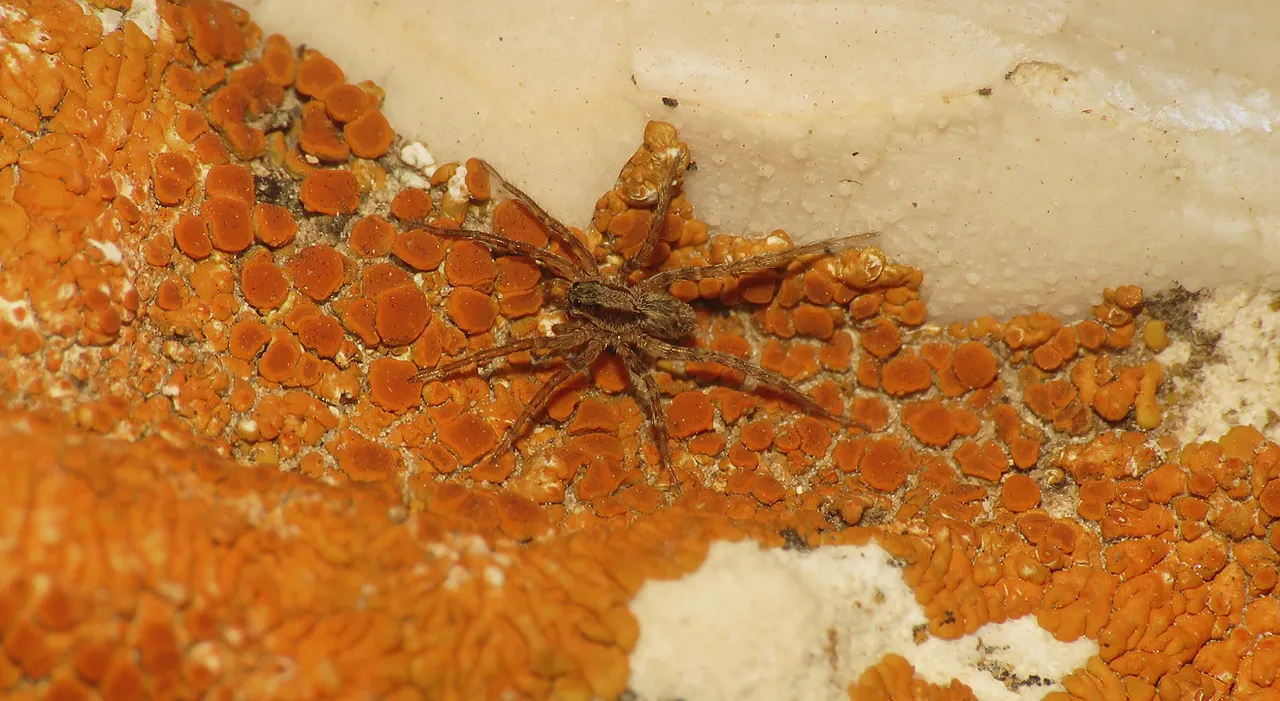
... but is very small ... maybe is a young version of some bigger species. I don't know. Maybe.

And now ...
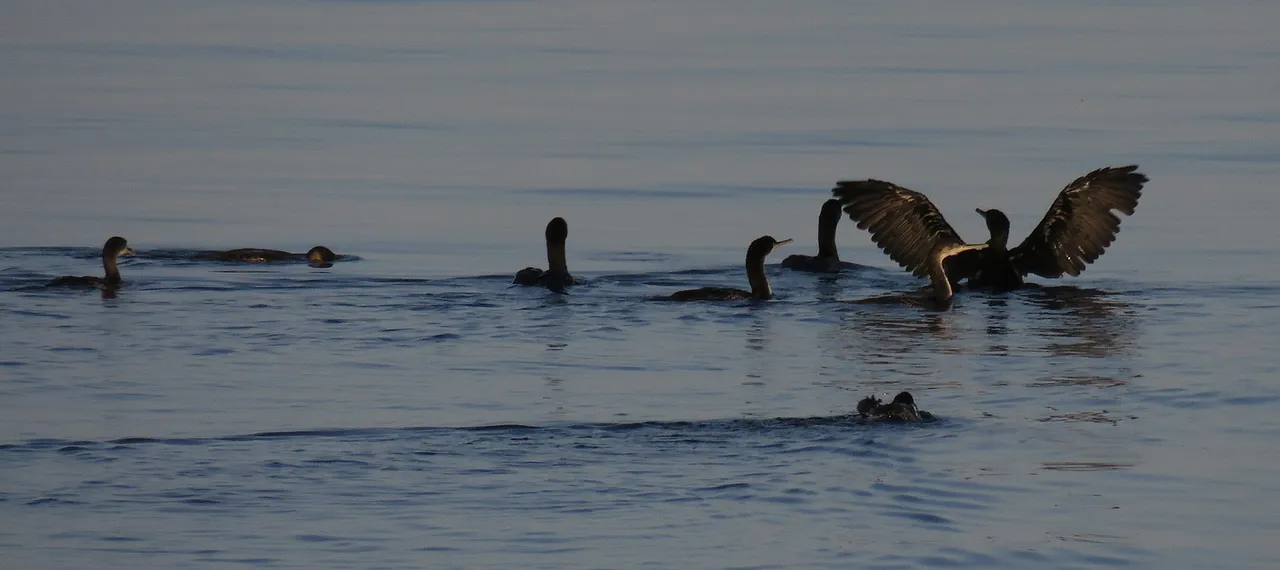
... with some cormorants at the end of the day ...
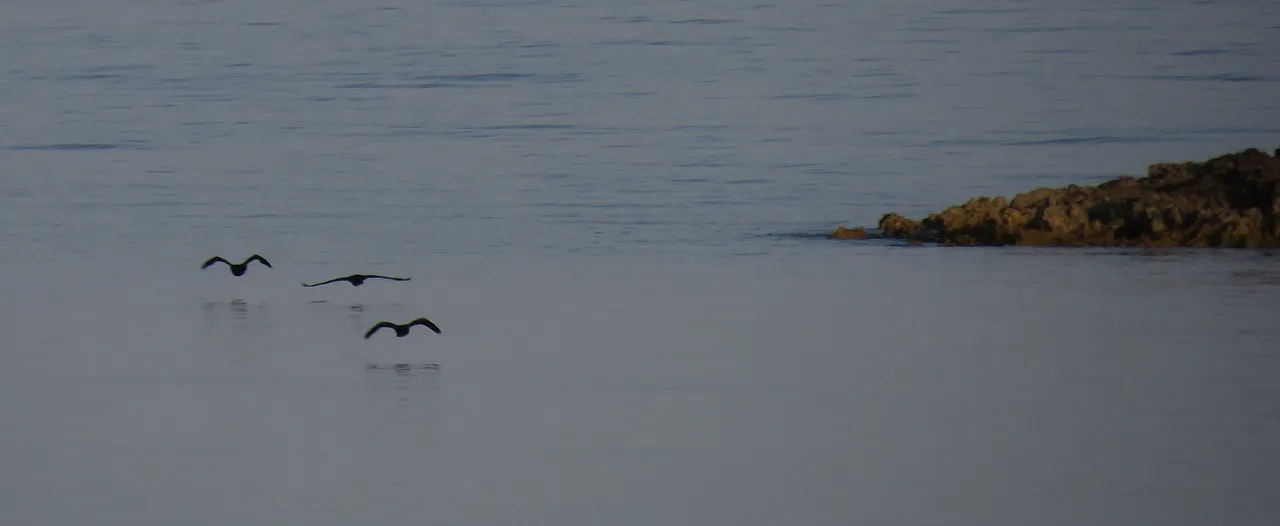
... is time to end this exploration of my favorite stretch of coastline ...
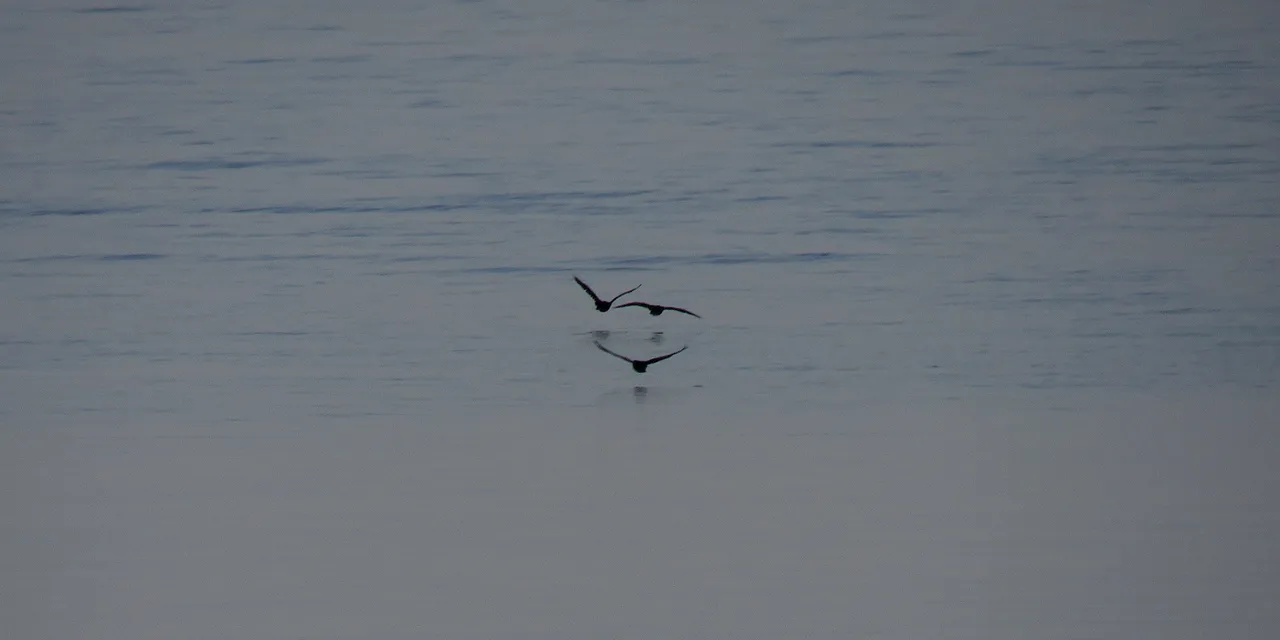
As always in these posts on HIVE, the photographs are my work - THE END.





